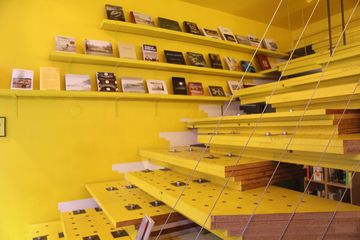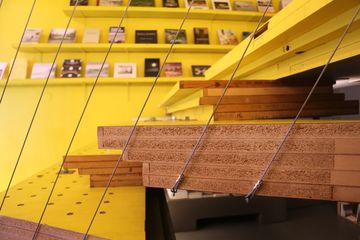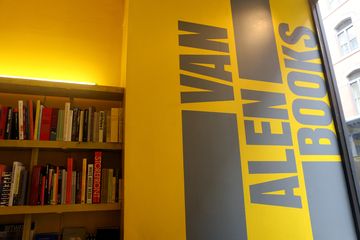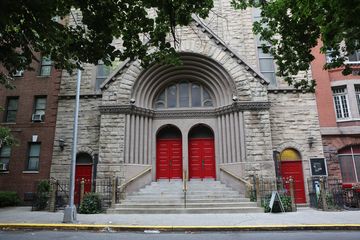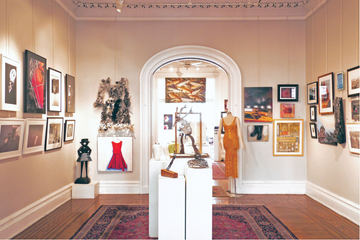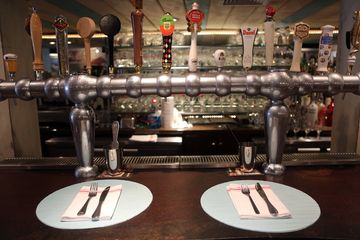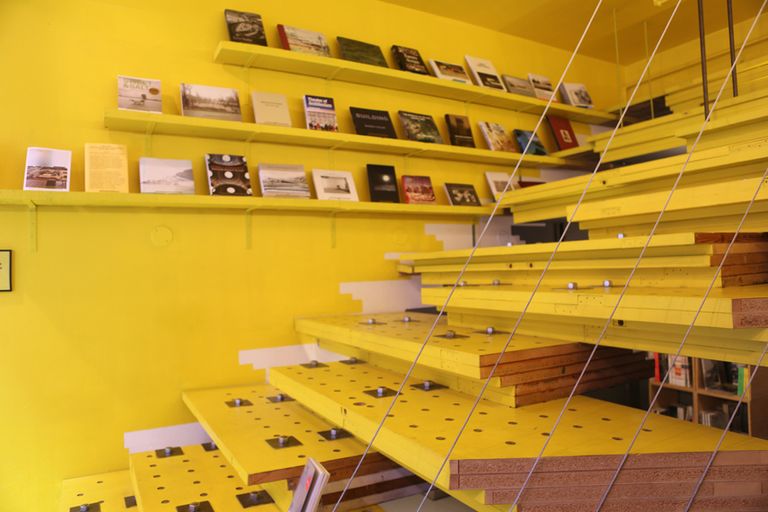
The Van Alen Institute has had many iterations over the years, but was originally born out of the Beaux-Arts movement in late 19th Century Paris. In 1894, a group of graduates from L'Ecole des Beaux-Arts in France came together to create an American counterpart to the Parisian school, forming the Society of Beaux-Arts Architects. The society made the curriculums and design aesthetics of the exclusive Ecole des Beaux-Arts more accessible to aspiring architects and designers in the United States, and developed an understanding of architecture as an art, not just a science.
William Van Alen, for whom the Institute is named today, first caught the world’s attention in 1908, when he was awarded the Paris Prize for one of his designs. A native Brooklynite, Van Alen had already worked as a draftsman in the construction of the famed Hotel Astor. When Van Alen travelled to Paris to accept his prize, he was exposed to a world of architecture that he would later bring back to the Society of Beaux-Arts Architecture in New York.
In 1916, the Society became a degree-granting institution, and was dubbed the Beaux-Arts Institute of Design (BAID). Just over a decade later, Van Alen was hired to design one of the most recognizable pieces of the Manhattan skyline: the Chrysler Building, which briefly held the title of tallest building in the world.
By 1942, the Beaux-Arts styles were no longer in vogue, and so the BAID dissolved, and in 1956, became the National Institute for Architectural Education (NIAE). With an eye on the future, the NIAE did not affiliate itself with any particular design movement, choosing instead to be open to whatever trends may evolve. It was not until 1995 that the Institute took on its current name, in honor of the architect who had been so influential in its early years. Today, the Van Alen Institute continues to be a major player in the world of architecture and design, and also runs a gallery and bookstore at this 22nd Street location.
